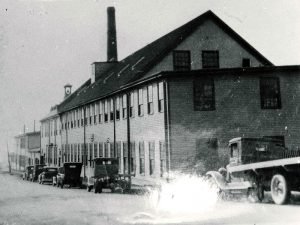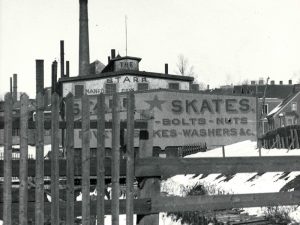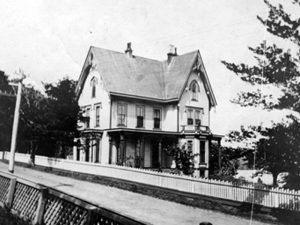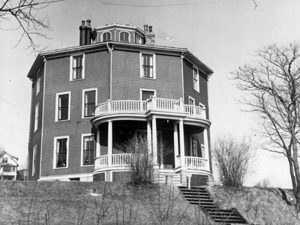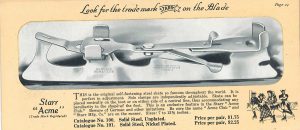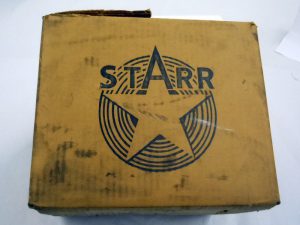Starr Manufacturing Company: The Life of a Starr
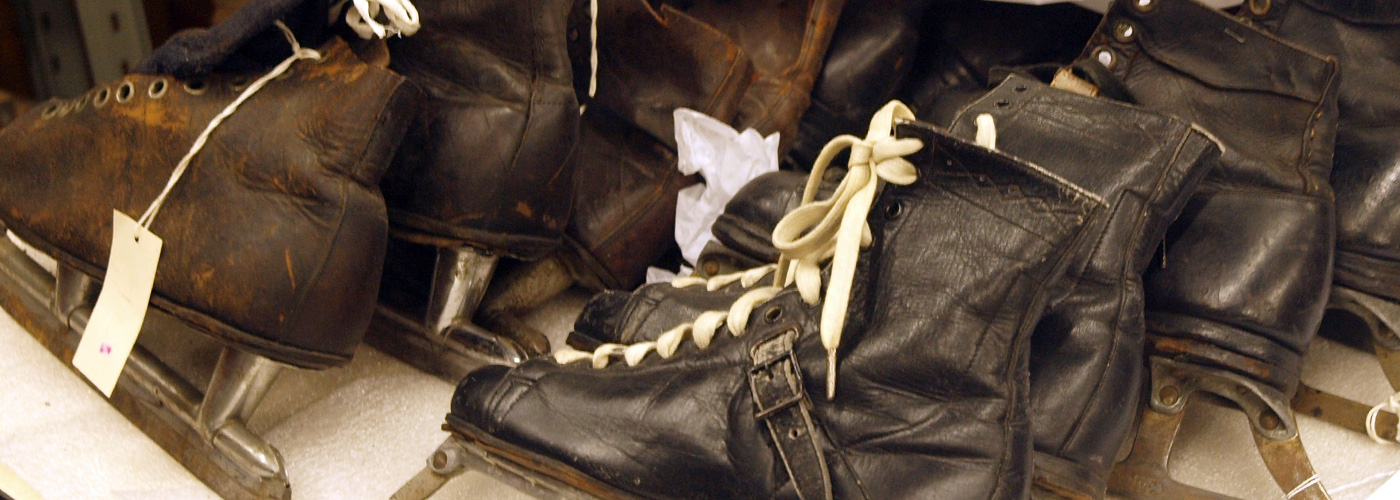

Shannon Baxter
by Shannon Baxter
This is the first article in a series that will feature Dartmouth’s Starr Manufacturing Company. Established as a nail factory in 1861, Starr Manufacturing soon began making its famous Starr skates and selling millions of pairs around the world from 1863 to 1939. The plant also played an important role in the sale of the first hockey sticks and excelled in other areas such as the production of the golden gates to Halifax’s Point Pleasant Park.
As the Collections Assistant Intern at the Dartmouth Heritage Museum, I have the amazing opportunity to work with the extensive collection of ice skates that the museum has. This collection is significant because the vast majority of these skates were produced locally in Dartmouth. They came from the Starr Manufacturing Company.
Established in 1861 by its founder and local businessman John Starr. Initially, the company produced nuts, bolts, and nails. This would change with the hiring of John Forbes, a foreman of the Starr company and an inventor. He with fellow worker Thomas Bateman developed a new skate in 1863 and patented it. Compared to older skates, which were attached to the skater’s boot through straps and would easily break or fall off, these new skates would spring-lock into place onto one’s boot.
- Starr Manufacturing Company
- Starr Manufacturing Company
The skate completely revolutionized how skates would be designed (Martin Jones, 54, and Dr. John Martin, 40). The skates were such a great success for John Forbes, he became a wealthy man in the 1870s, and during that period he built himself a house called ‘Lakeside’ on Crichton Avenue in Dartmouth (Jones, 63). Forbes was not the only one at Starr who profited, the Production Manager Gavin Holliday built a house of his own, called the Octagon House, or, more commonly referred to as “The Ink Bottle House” (Martin, 385).
- The John Forbes residence ‘Lakeside’, on Crichton Avenue
- The Gavin Holliday residence ‘Octagon House’, also known as the ‘Ink Bottle House’.
The Forbes Acme Skate, by 1866 became the most sought-after skate on the market. Starr Manufacturing would develop various other types of skates, selling over eleven million skates during the period of 1863 to 1939. Unfortunately, there were some ups and downs. The patent on Forbes skates was not renewed in 1873, and Forbes himself was fired from Starr in 1878, and the following year his beautiful home “Lakeside” was up for sale, along with Gavin Holliday’s “Ink Bottle House” (Martin, 409). By this point, Starr had to compete with different companies flooding the market with cheaper knock-offs of the Spring Skate. Starr’s final downfall came in 1939 when once again the patent was not renewed and they eventually had to close down the skate department of the factory. The factory building was demolished in 2000, so all we have left to really highlight this unique history of the region is a plaque and the multiple skates in the Dartmouth Heritage Museum collection.
- An advertisement for the ‘Acme Club Skate’.
- A Starr Manufacturing Company shipping box.
- A Starr skate mould.
Articles in this Starr series will highlight skates of significance within the Collection. This will include further detail on Starr and its competitors, well-known Dartmouthian sports players, and other skates that have an interesting story behind them.
Want to keep reading? Check out the next article, Skates of the First Lady of Folklore (Dr. Helen Creighton’s Skates).

